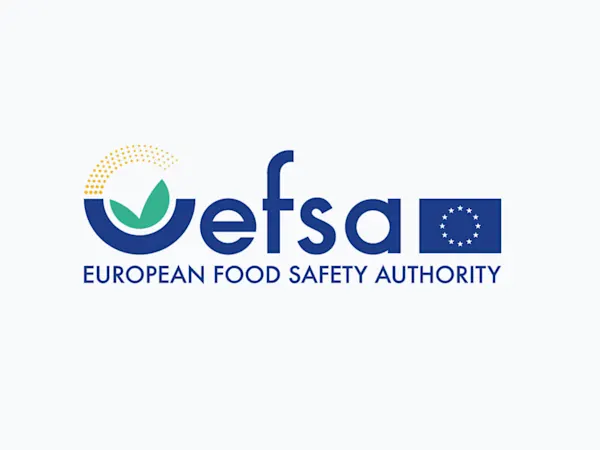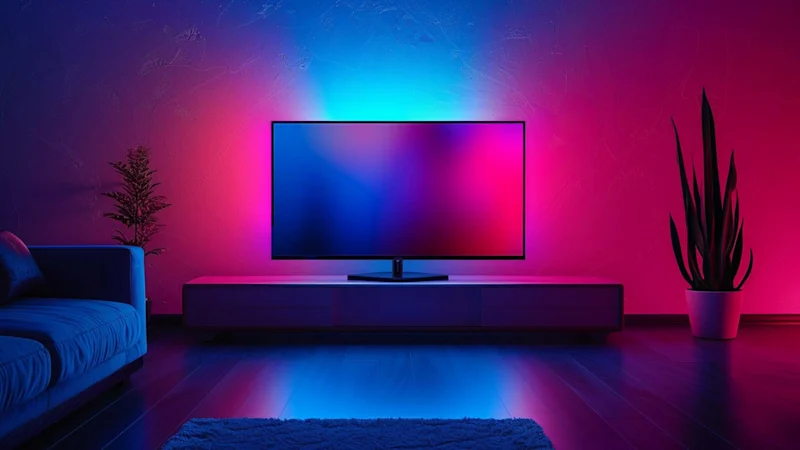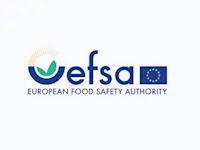
EFSA Seeks Feedback on Overhaul of Weight of Evidence and Biological Relevance Guidance
EFSA launches consultation on updating its Weight of Evidence and Biological Relevance guidance, aiming to streamline chemical risk assessment practices.


The European Commission has taken a decisive step in its ongoing efforts to regulate the use of hazardous substances in electrical and electronic equipment (EEE). In a newly adopted Commission Delegated Directive, the European Union has amended Directive 2011/65/EU, commonly referred to as the Restriction of Hazardous Substances Directive (RoHS), specifically regarding the exemption for the use of cadmium in certain applications.
Cadmium, a toxic heavy metal, has been under strict regulation due to its environmental and health risks. The amendment focuses on cadmium's use in downshifting quantum dots (QDs) directly deposited on LED semiconductor chips, a technology critical for enhancing the colour quality and energy efficiency of LED displays and lighting.
Previously, certain applications utilizing cadmium-based quantum dots were exempted from RoHS restrictions to accommodate for the lack of viable alternatives that matched their performance. However, the European Commission's latest action narrows the scope of these exemptions, reflecting advancements in alternative technologies and a commitment to minimizing hazardous substances in EEE.
The directive's amendments are expected to have significant implications for manufacturers of LED displays and lighting, pushing them to accelerate the adoption of alternative materials that do not compromise on performance or environmental safety. Moreover, the specific cap on cadmium usage and the eventual phasing out aim to reduce the environmental footprint of EEE, mitigate health risks associated with cadmium exposure, and promote a circular economy in the electronics sector.
As the industry adjusts to these changes, the directive also serves as a reminder of the EU's commitment to safeguarding the environment and public health through stringent regulatory measures, while still fostering technological advancement and innovation.
Foresight continuously tracks 1000s of sources and maps updates to your portfolio:




EFSA launches consultation on updating its Weight of Evidence and Biological Relevance guidance, aiming to streamline chemical risk assessment practices.

Germany's CONMAR-Impact study sets new environmental quality standards for TNT in marine ecosystems, raising industry-wide compliance questions.

Illinois will prohibit nonbiodegradable plastic glitter in personal care products by 2029, impacting manufacturers, retailers, and regulators alike.
Subscribe to Foresight Weekly and get the latest insights on regulatory changes affecting chemical compliance.
Free forever. Unsubscribe anytime.
Read by professionals at